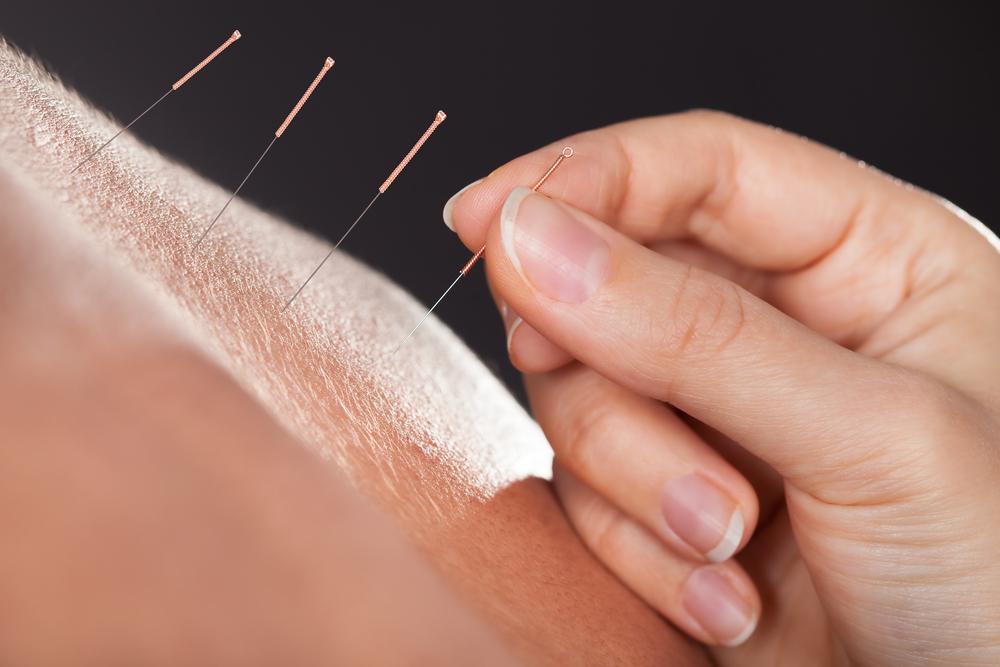Diagnosis
Introduction to Diagnosis using Chinese Medical Theory

Diagnosis includes comprehensive questioning relating to a person’s health including pulse and tongue inspection, investigation to symptoms and signs with current medical history or diagnosis. With this information a practitioner is able to gain insight into general to specific health conditions.

Most patients who visit a Chinese Medicine Practitioner have already been to several different types of medical therapy and have a very good idea of what is ailing them. For those who have not it is advisable to have a consultation with your general practitioner to discuss your condition. Likewise, after your appointment you may be advised to have a medical check up so as to obtain crucial information such as blood count, x-ray, CT scan or ultra sound to confirm a diagnosis.
Chinese Herbs are an integral part of Chinese medicine and are prescribed after the physician has made a differential diagnose of your body’s condition. Chinese diagnosis uses a system where the human body is subdivided into 143 different internal syndromes. Each syndrome is a collection of symptoms.
Syndromes of Chinese medicine indicate where our body is most affected by illness. As we age different combinations of syndromes produce complex disease processes, which we need to understand and treat to aid good physical recovery. Supplementing the body with the correct herbal formula or acupuncture point prescription requires a great skill and is testament to the many practitioner’s whose prescription are correct obtaining improvement of their patients condition.
Chinese herbal formula or acupuncture point prescription are seen as a key, while the disease process which is ever changing is the lock. To break the lock one must first insert a key to disrupt the progressions of disease. Both treatments utilize the same concept of syndromes, which today are seen as the Human Science of Chinese Medicine.
Acupuncture can also be claimed for psychological disorders such as stress or depression. Long-term periods where a person is unable to return to work. This can have devastating effects and acupuncture is proven to aid in the rehabilitation of physiological disorders. All you need to do is ask your caseworker at WorkCover QLD for a referral.
Acupuncture can be used to treat muscular and Joint problems that develop either from injury or from long-term wear and tear or use of joints, tendons and muscles. Structural Acupuncture is able to reintroduce blood flow and correct the flow of body fluid and lymphatic fluid to areas of inflammation or degeneration. Unlike dry needling that disrupts rehabilitation structural acupuncture copes by using ashi and distal point prescriptions.
The use of massage including myofascial stripping and localized alignment of muscles and joints affected by muscle spasm, knots or muscle adhesions are addressed as necessary. Individually or a combination of these pathologies will affect the correct balance between the right and left sides of the body. Correcting muscle alignment or groups of muscles needing alignment gives improvement to the body’s balance and mobility.
Muscular conditions of mal alignment can include the raise hip or hip allignment imbalance. This allignment problem can be reduced by acupuncture and massage techniques. Raised hip puts pressure on you spine that is secondary to causative features.
Speak with an Expert
Call: 0402-251-564 | (07) 3870-3800
FOLLOW US ON SOCIAL MEDIA
Follow us on Social Media. We have insights and up to date posts about Natural Medicine
Frequently Asked Questions
These are some of the most common questions asked in the practice and we offer some simple explanations below.
Why do you look at the tongue? What are you looking for by feeling the pulse? How do you know where to put the needles in? Why do you need to look at my whole body to understand why I have a health problem? Do you use conventional medicine to diagnose?
We look at the tongue to notice changes within our body.
The tongue is like an up to date visual on what is happening inside your body. We look at the coating of the tongue and the tongue body. Both will give some indication of your current health.
We feel the pulse to understand what is going on inside your body.
It is a reflection of the internal workings of your body. An example is in anaemia the pulse may not fill the artery and there may be a lack of strength when we push down of the artery wall. The radial artery is the most common location to feel a pulse.
We use the Chinese medical model to select the points for a treatment.
A practitioner can add or subtract acupuncture points to allow for differences in the patients presenting symptoms and the most common presentation of a condition.
We need to look at all your body’s symptoms such as bowel movements, sleep patterns, menstruation etc.
to differentiate what is the underlying cause of a condition. In Chinese medicine there are several causes for a single condition.
Acupuncture practitioners study modern medical diagnosis, pharmacology as well as blood and medical scanning tests.
A practitioner will evaluate your health along the findings of these tests and your current medical assessment.
Walk in Appointments Available Daily
Phone or go straight to the online booking page to locate a suitable time to make your appointment. Appointments can be from 30minutes to one hour.
Contact Us
Call Us
OUR LOCATION
2 Benson Street, STE 1 Benson House
Toowong, 4066
